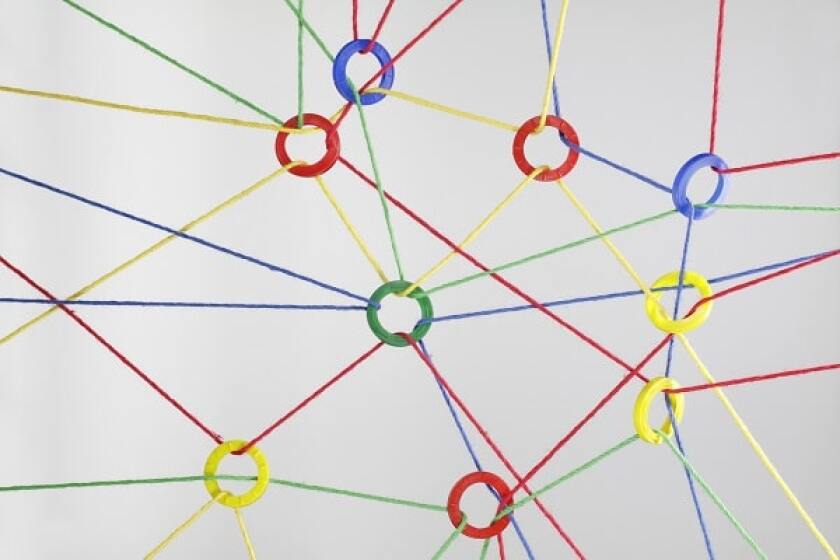Ⅰ. 4th Amendment to the Patent Law
On October 17 2020, the 22nd session of the 13th National People’s Congress (NPC) Standing Committee passed the 4th Amendment to the Patent Law, which unsurprisingly introduces a pharmaceutical patent linkage system. The amendment will take effect on June 1 2021.
1. Adjustment of the patent term for new drug inventions
Article 42.3 makes available the adjustment of the patent term for invention patents related to new drugs, to compensate for the curtailment of the effective patent term as a result of the regulatory approval process. The adjustments shall be limited to no more than five yearsand thus limit the resulting effective patent term to no more than 14 years from the date of regulatory approval in China.
2. Artificial act of infringement during regulatory approval process
Article 76 allows the patentee of innovator drugs, the interested party thereof or the generic drug manufacturer seeking marketing approval to bring, during, rather than post, the regulatory approval process, a suit to the court. It can also request an administrative adjudication from the patent administration authority to ascertain whether the technical solutions of the generic drug to be marketed fall within the scope of protection of the related patent. The state drug administration authority may stay review of the application for market approval of a generic drug based on an effective court ruling.
The mechanism, which is equivalent to the “artificial act of infringement” practice in the US patent landscape, is designed to sort out the potential clash between the generic drug manufacturer and the patentee of the innovator drug so that it will not materialise until a generic drug is offered for sale or being launched in the market after going through a lengthy regulatory approval process.
The amendment stops short of details and delegates the formulation of patent linkage measures to the state drug administration authority (i.e. the National Medical Products Administration, NMPA) and the state patent administration authority (i.e. the China National Intellectual Property Administration, CNIPA).
Ⅱ. The Implementation Measures for Early Resolution Mechanism of Pharmaceutical Patent Disputes
Jointly drafted by the NMPA and the CNIPA, the exposure draft for the Implementation Measures for Early Resolution Mechanism of Pharmaceutical Patent Disputes (for Trial Implementation), which was released on September 11 2020 to solicit public opinion, is probably the nearest thing to a detailed measure regarding a pharmaceutical patent linkage system. Below are the key takeaways.
1. Establishment of a patent information registration platform for marketed drugs
Though the NMPA is tasked with establishing a patent information registration platform for marketed drugs in China (Rule 2), its affiliate Centre for Drug Evaluation (CDE) is believed to be the agency running the operation of this platform (Rule 3).
Rules 3 and 4 enumerate the information to be registered with the platform, the time limit to record any changes etc.
2. Registration scope for pharmaceutical patent information
When seeking regulatory approval, applicants for registration of chemical drugs may register with the platform patent information on active ingredients, pharmaceutical composition and pharmaceutical uses (Rule 5).
Applicants of biological products may register patent information on sequence structures and applicants of traditional Chinese medicines (TCM) may register patent information on composition, extract and pharmaceutical uses (Rule 12).
3. Generic drug applicants obligated to file patent status statements
When filing for regulatory approval, a chemical generic drug applicant is obligated to make a statement with reference to each drug patent whose information has already been registered with the patent information registration platform (Rule 6). Such statement is categorised as follows:
(I) There is no existing patent relating to the generic drug application.
(II) The patent to be exploited by the generic drug has expired or has been declared invalid.
(III) There is an existing patent relating to the generic drug application and the generic drug manufacturer agrees to seek regulatory approval upon the expiration of such patent.
(IV) The validity of the patent to be exploited by the generic drug should be declared invalid or the generic drug does not fall into the protection scope of such patent.
The granting of regulatory approval for a chemical generic drug hinges on the technical assessment outcome, should a category (I) or (II) statement be filed. Regulatory approval (upon the expiration of the pertinent patent) could be granted to a chemical generic drug after technical assessment, in case of a category (III) statement. In the scenario of a category (IV) statement, the granting of regulatory approval is premised on the affirmation of patent invalidity and the determination of non-infringement (Rules 9 and 10).
Similarly, the granting of regulatory approval for biosimilars and TCM with identical names and formula hinges on the technical assessment outcome. Apart from technical assessment decisions, the NMPA will also refer to the court decision or administrative adjudication decision, provided that a proceeding is duly initiated to ascertain whether the technical solutions of the drug fall into the patent protection scope (Rule 13).
4. Time limit for the patentee or an interested party to raise an objection
The patentee or an interested party contesting a statement filed by the generic drug applicant may file a suit before the court or request an administrative adjudication before the CNIPA within 45 days from the publication date of the generic drug application (Rule 7).
5. Delays in generic drug approvals
Rule 8 provides a nine month stay for chemical generic drug applications, should a patent dispute arise in the approval process, but technical evaluation shall not be suspended during the nine month stay.
6. Encouraging generic drug patents to engage in invalidity proceedings
Rule 11 provides a 12-month exclusivity period to the first generic drug applicant that succeeds in challenging the validity of a chemical pharmaceutical patent and in acquiring the first regulatory approval.
Ⅲ. Current patent and drug regime
Over the years, China’s legislators have been introducing a few aspects of the pharmaceutical patent linkage system into the nation’s legal framework.
1. Bolar exemption
The Bolar exemption had been installed in the 3rd Amendment (effective as of October 1 2009) to Patent Law (Article 69.1.5) and is retained in the 4th Amendment (Article 75.1.5).
The Bolar exemption means that anyone manufacturing, using, or importing a patented medicine or patented medical apparatus for the purposes of providing information needed for regulatory review and approval, or anyone manufacturing or importing the patented medicine or the patented medical apparatus for a person who must provide information needed for regulatory review and approval, is exempt from patent infringement.
2. Simplification of generic drug application
The revised Measures for the Administration of Drug Registration allow a manufacturer of a generic drug that is eligible for exemption from clinical trials, to file for regulatory approval, as long as such a generic drug passes therapeutic equivalence evaluation (Rule 35).
3. Data protection period
The newly promulgated Regulations for the Implementation of the Drug Administration Law provide a six year exclusivity period for the protection of the experimental data and other data (Rule 35.2).
It remains to be seen how the Implementation Measures for Early Resolution Mechanism of Pharmaceutical Patent Disputes and future patent regulations and policy papers proceed to shape the pharmaceutical patent linkage system in China.










